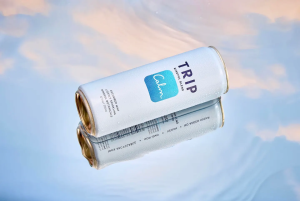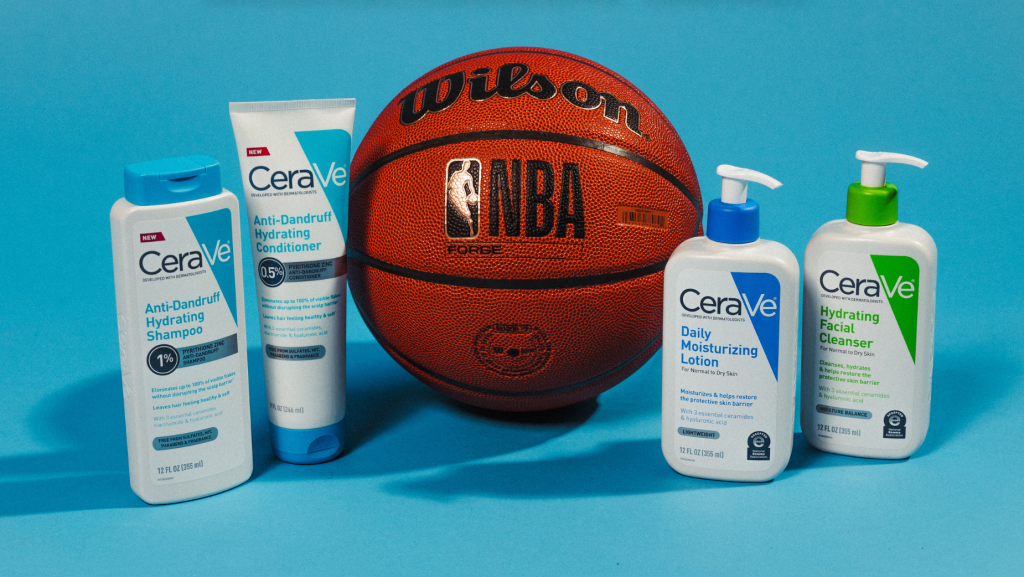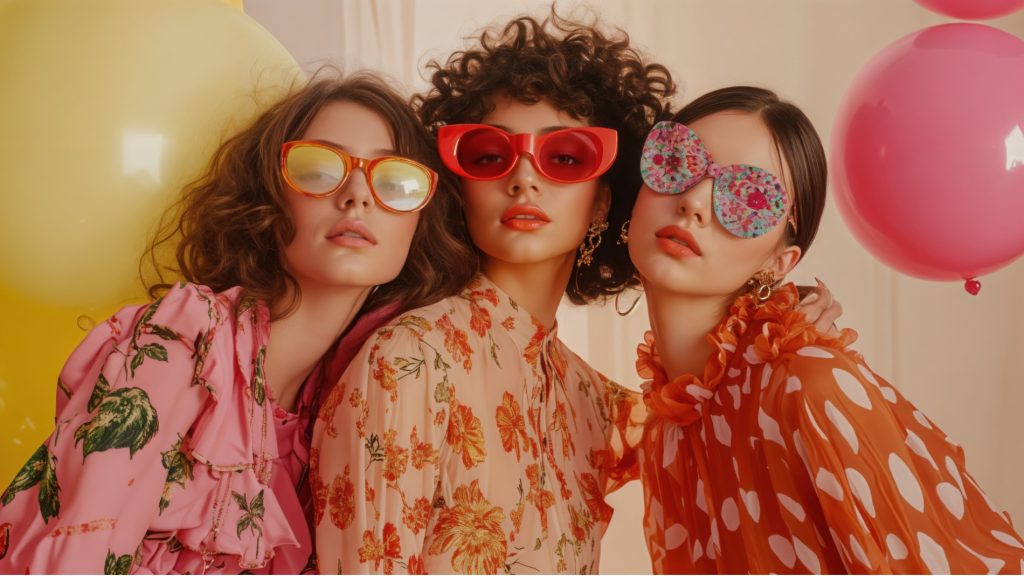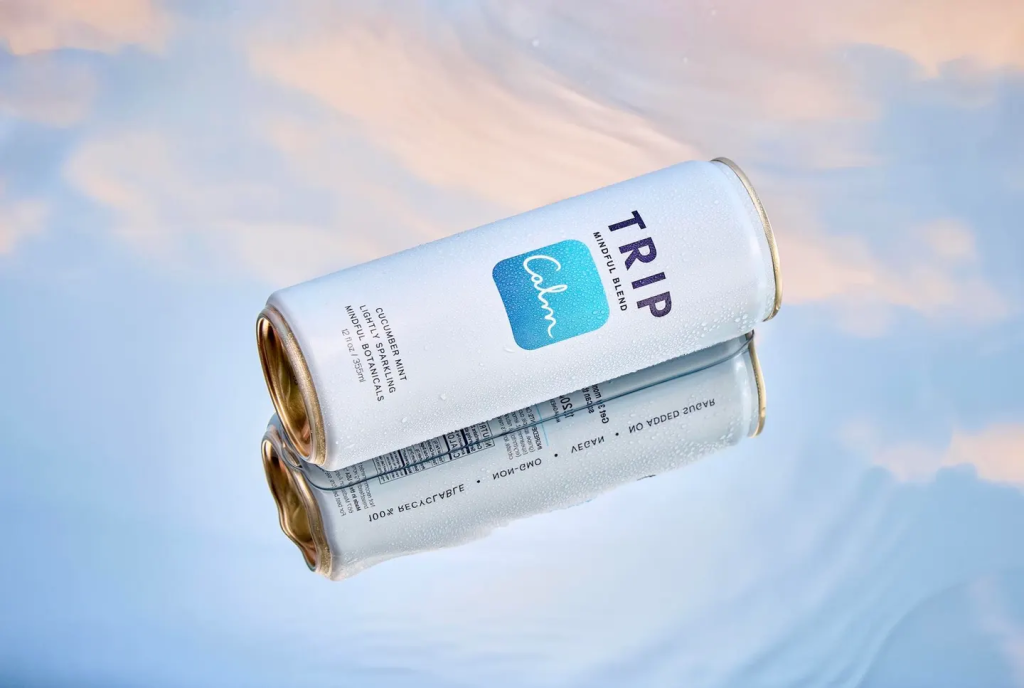Calm in a Can? The Truth Behind Chill-Out Drinks
From fizzy blends promising stress relief to wellness claims under scrutiny, “calm in a can” drinks are gaining fans and raising eyebrows. Experts weigh in on whether these mood-boosting beverages truly deliver or simply sell the idea of serenity.
From supermarket shelves to music festivals, “calm in a can” drinks promise relaxation with every sip. Brands like Trip, Rheal, and Goodrays market fizzy blends infused with ingredients such as Lion’s Mane, L-theanine, Ashwagandha, and magnesium, claiming to help reduce stress and boost mood. While many consumers—like friends Lucy and Serena—swear by their soothing effect, industry regulators and health experts are questioning whether these beverages truly deliver on their promises.
Nutritionists and psychologists warn that the science behind these drinks is far from settled. Clinical research often uses much higher doses than what’s found in a single can, and some studies don’t yet show conclusive results. Experts suggest that any “calm” consumers feel might stem as much from the ritual of slowing down and enjoying the drink as from its ingredients. Still, the functional beverage market is booming, with nearly a third of UK households now buying wellness-focused drinks.
Whether they’re a genuine stress-buster or simply a pricey placebo, these mood-boosting beverages tap into our desire for small moments of peace in busy lives. Are they worth your money—or just clever marketing in a can? Read more here!











